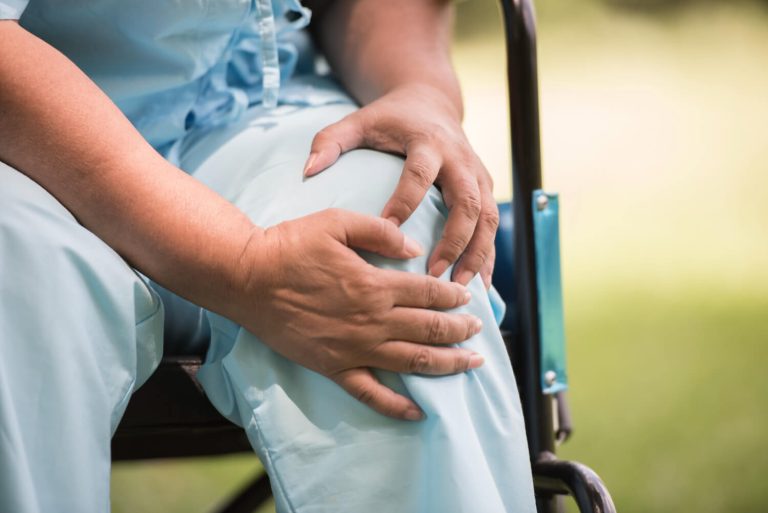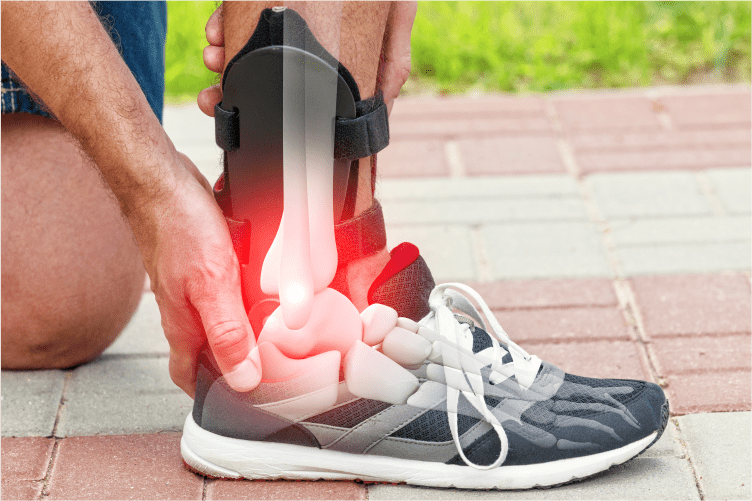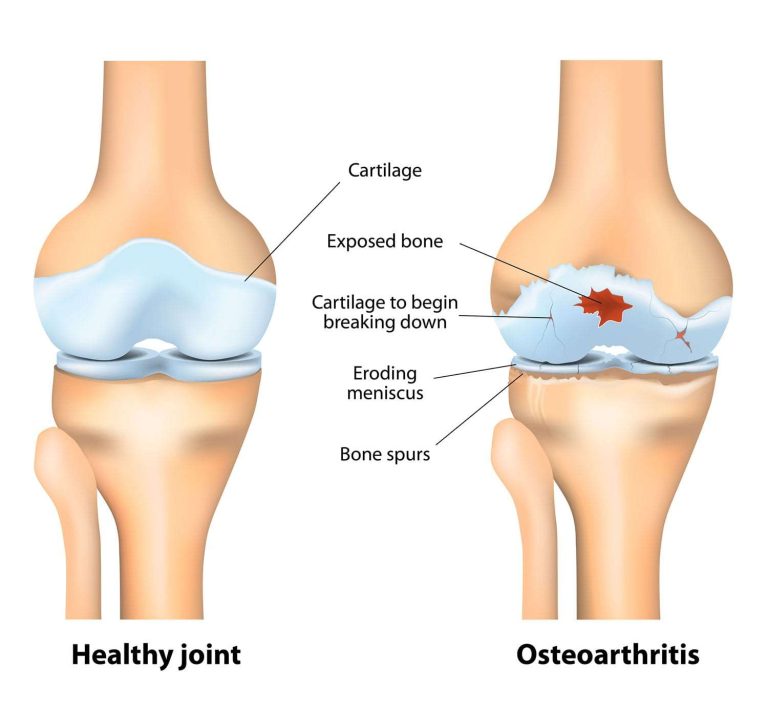Are you someone who plays sports regularly and often worries about injuries, especially to the head? Concussions are one of the most common injuries among athletes, affecting both amateurs and professionals. In fact, studies show that contact sports like football, hockey, and rugby have a higher concussion risk in athletes, making head injury prevention in sports a top priority for anyone who enjoys active play.
Don’t worry! By the end of this blog, you’ll have a clear idea of how to prevent concussion in sports, protect yourself from serious injuries, and reduce risks that could affect your long-term health.
In this blog, we will cover what concussions are, why they happen, and how you can prevent them. By the end, you’ll have actionable tips to stay safe on the field, or court, and will also know why DR. GK ADVANCED JOINT AND BONE CENTRE- best orthopaedic hospital in South Bangalore.
UNDERSTANDING CONCUSSIONS-
A concussion is a mild traumatic brain injury caused by a sudden impact to the head, neck, or body that causes the brain to move rapidly inside the skull. Symptoms may include headaches, dizziness, blurred vision, confusion, or nausea. Understanding concussions is the first step in sports concussion prevention, because recognizing the signs early can prevent worsening injuries and long-term complications.
Factors that increase the concussion risk in athletes include:
- Contact sports with frequent collisions (football, hockey, rugby)
- Poor protective gear or improperly fitted equipment
- Lack of training in safe techniques or falls
- Previous head injuries that make the brain more vulnerable
USING PROPER PROTECTIVE GEAR-
One of the most effective ways to prevent concussion in sports is to wear the right protective gear. Helmets, mouthguards, face shields, and padding are essential in high-risk sports. Properly fitted equipment reduces the impact of collisions and falls, decreasing the likelihood of head injuries.
Tips for protective gear:
- Ensure helmets meet safety standards and are sport-specific.
- Replace damaged or outdated equipment regularly.
- Wear mouthguards to protect both teeth and reduce force transmitted to the head.
Proper gear alone can significantly lower the concussion risk in athletes and is a fundamental part of any head injury prevention strategy.
PROPER TECHNIQUE, TRAINING, AND EQUIPMENT-
Even with the best gear, using proper technique is crucial. Coaches and trainers should emphasize:
- Safe tackling methods in football and rugby
- Correct falling techniques in gymnastics or skating
- Using sport-specific equipment designed to minimize injury
Regular training and drills not only improve performance but also teach athletes how to protect themselves during high-risk plays. Combining technique with quality equipment is key to preventing concussions in sports effectively.
STRENGTHENING NECK AND CORE MUSCLES-
A strong neck and core help stabilize the head and absorb shocks during impact. Exercises like planks, neck resistance training, and posture-focused routines can reduce the force transferred to the brain during collisions.
Benefits include:
- Better head control during sudden movements
- Reduced whiplash effect in contact sports
- Lower overall concussion risk
Strength training is often overlooked, but it’s a simple and effective step in sports concussion prevention.
PREVENTION CHALLENGES-
While preventive measures like helmets, protective gear, and proper techniques are effective, concussion prevention in sports still faces several real-world challenges:
1. Underestimating Risk- Many athletes, especially younger ones, may believe concussions are minor or unlikely to happen to them. This mindset can lead to skipping helmets or mouthguards, ignoring safe techniques, or pushing themselves too hard during play.
2. Improper or Poorly Fitted Equipment- Even the best protective gear is only effective if it fits correctly and is well-maintained. Helmets that are too loose or old, worn-out padding, and cheap or uncertified equipment can fail to absorb impact properly, increasing concussion risk.
3. Failure to Report Symptoms- A big challenge is that athletes often hide symptoms like headache, dizziness, or blurred vision to avoid being taken out of the game. This prevents early detection and increases the chance of a more serious injury.
RECENT TECHNOLOGIES IN TREATMENT OF CONCUSSION-
Advancements in sports medicine have introduced innovative technologies that both prevent concussions and help treat them more effectively after injury. These technologies are especially useful for high-risk athletes:
1. Smart Helmets- Helmets equipped with sensors can detect the force and direction of impacts in real time. They alert players and coaches if a hit is strong enough to cause a potential concussion, enabling immediate medical evaluation.
2. Impact-Sensing Mouthguards- These mouthguards measure the magnitude of collisions during sports. They provide data that helps trainers monitor players’ exposure to repeated head impacts and adjust training or playing time to reduce concussion risk.
3. Neurocognitive Assessment Tools- These tools test reaction times, memory, balance, and other brain functions before and after head injuries. Early detection of cognitive changes allows timely intervention and safer return-to-play decisions.
4. Wearable Devices and Apps- Wristbands, headbands, or vests with sensors track impacts and player movements. Paired with apps, they provide valuable insights into injury patterns, helping coaches and medical teams implement prevent concussion in sports strategies more effectively.
FAQ’s-
1. Can concussions happen in non-contact sports?
–Yes. Even falls in gymnastics, cycling, or skiing can cause head injuries.
2. How do I know if I have a concussion?
–Symptoms include headache, dizziness, nausea, confusion, or sensitivity to light and sound.
3. Are helmets enough to prevent concussions?
–Helmets help, but using proper technique, conditioning, and safe practices is equally important.
4. Can repeated concussions affect long-term health?
–Yes, repeated head injuries can lead to chronic issues like memory problems, mood changes, or cognitive decline.
CONCLUSION-
Preventing concussion in sports requires a combination of awareness, proper gear, correct techniques, and physical conditioning. By understanding risks, following preventive strategies, and staying informed about new technologies, athletes can enjoy their favourite sports safely while minimizing head injuries.
We at DR. GK ADVANCED JOINT AND BONE CENTRE- best orthopaedic clinic near jp nagar, bangalore offers expert advice and preventive care solutions for treatments such as trauma care, ligament injury care, fracture care, advanced joint care and many more. Book your consultation now!




